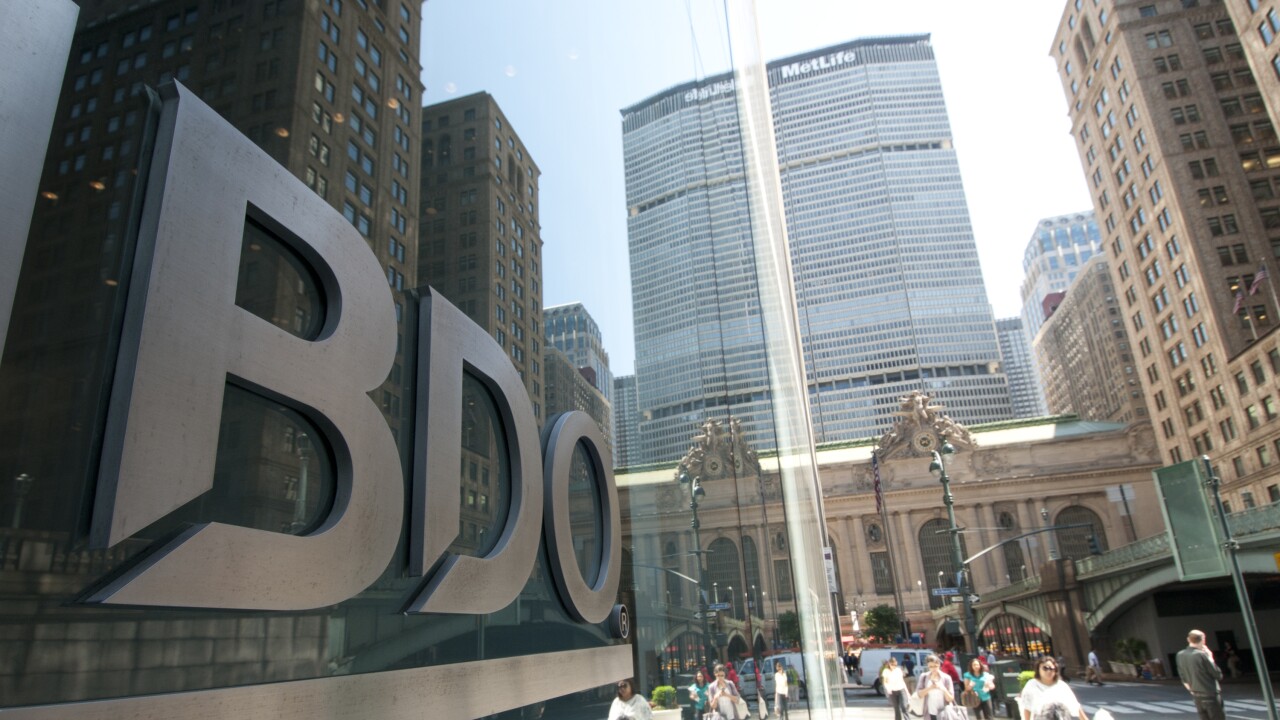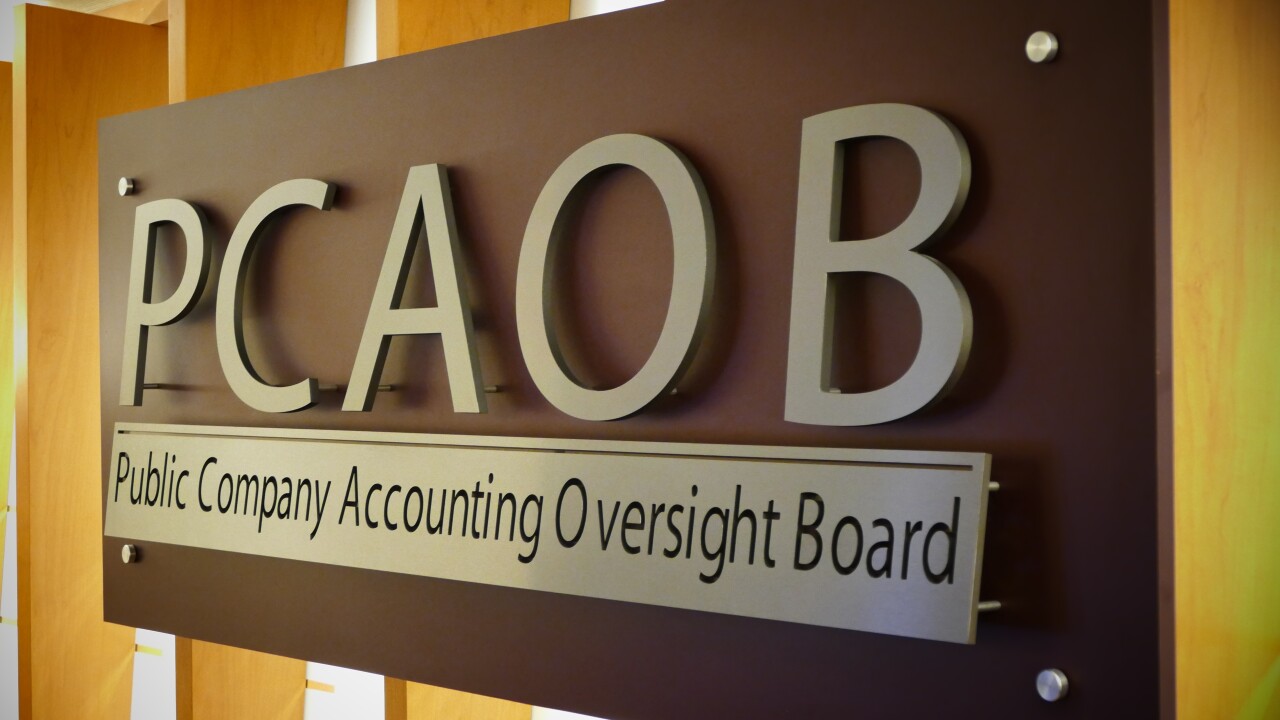When the New England Patriots faced the Seattle Seahawks in Super Bowl XLIX in 2015, average ticket prices right before the big game topped $5,600, according to published reports.
You can bet those prices were largely driven by demand—i.e., how desperately fans wanted to see the game—as opposed to being based mostly on the sellers’ costs or on a reasonable hourly rate for the time they had spent acquiring and then trying to sell the tickets.
Now consider that study after study finds that business owners consider accountants to be their preferred advisors. They value the insight and experience of accountants and believe these professionals can be trusted and can help solve business challenges.
Yet most accounting professionals are charging clients a price derived from hourly rates—hourly rates that have been built in large part by examining costs associated with providing the service.
Of course, accountants aren’t looking to gouge clients with prices, but they could still take a few lessons from how other valued items or services are priced.
Value pricing vs. cost pricing
Accountants could dramatically improve their income by becoming better at pricing, and it starts with understanding that price is not a function of cost, according to Ed Kless, senior director of partner development and strategy for accounting and business software provider Sage. “The number one driver of price is the perceived value of the customer,” says Kless, who led a Sageworks webinar titled, “
Understanding that value is the primary driver of price is critical, because pricing is the number one driver for profitability. “That’s true not only for accountants,” Kless says. “That’s true across the board across any industry.”
“If any organization takes 1 percent of their top line, takes that amount and adds it to the bottom line, that’s what a 1 percent increase in price does to your profit,” he says. “In many industries, that number is significant, and in most cases it’s about 10 percent, so a 1 percent increase in price leads to a 10 percent increase in profit.”
Kless says relying on pricing that is based on hourly rates reinforces the false idea that accountants provide a service, as opposed to selling access to knowledge or selling the transfer of knowledge. It also makes it more difficult to attract and retain the most desirable customers.
For example, if a prospective customer says, “I need a tax return. How much do you charge for that?” the accountant could describe the various charges associated with filing specific tax forms (such as the Schedule D-Form 1040). Another option would be to begin a conversation that sheds light on what the prospect values and how the firm can meet those needs effectively, Kless says. This “value conversation,” he says, starts with saying something like, “I appreciate that you’re looking for a return, and we do that all of the time, but we don’t want to just do your taxes. We want to understand what are your hopes and dreams for your financial future.”
If the prospect rejects this type of overture with a terse, “I just want to know how much you’re going to charge me to file my taxes,” the accountant should consider whether that is the kind of customer he or she truly wants. “If they’re shopping you on price, they’re also going to go to H&R Block,” Kless says. In addition, this customer may desire nothing more than compliance-related services, which are increasingly subject to commoditization as automation takes over more and more of the required tasks.
Kless provided suggestions during the webinar for questions to ask before setting a price, and he guided participants through examples of pricing that take into account various customer choices and various types of value that accountants can provide to them.






